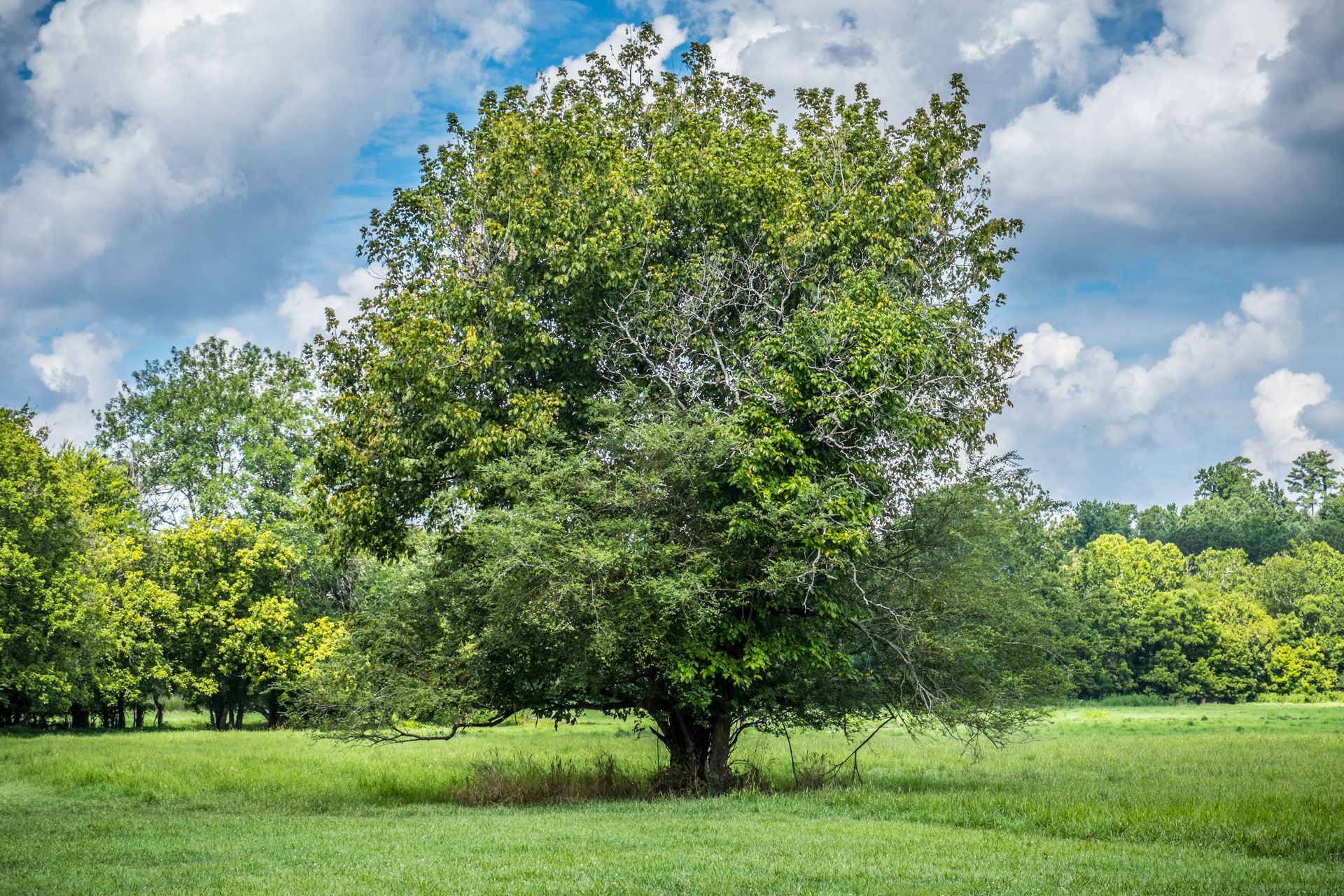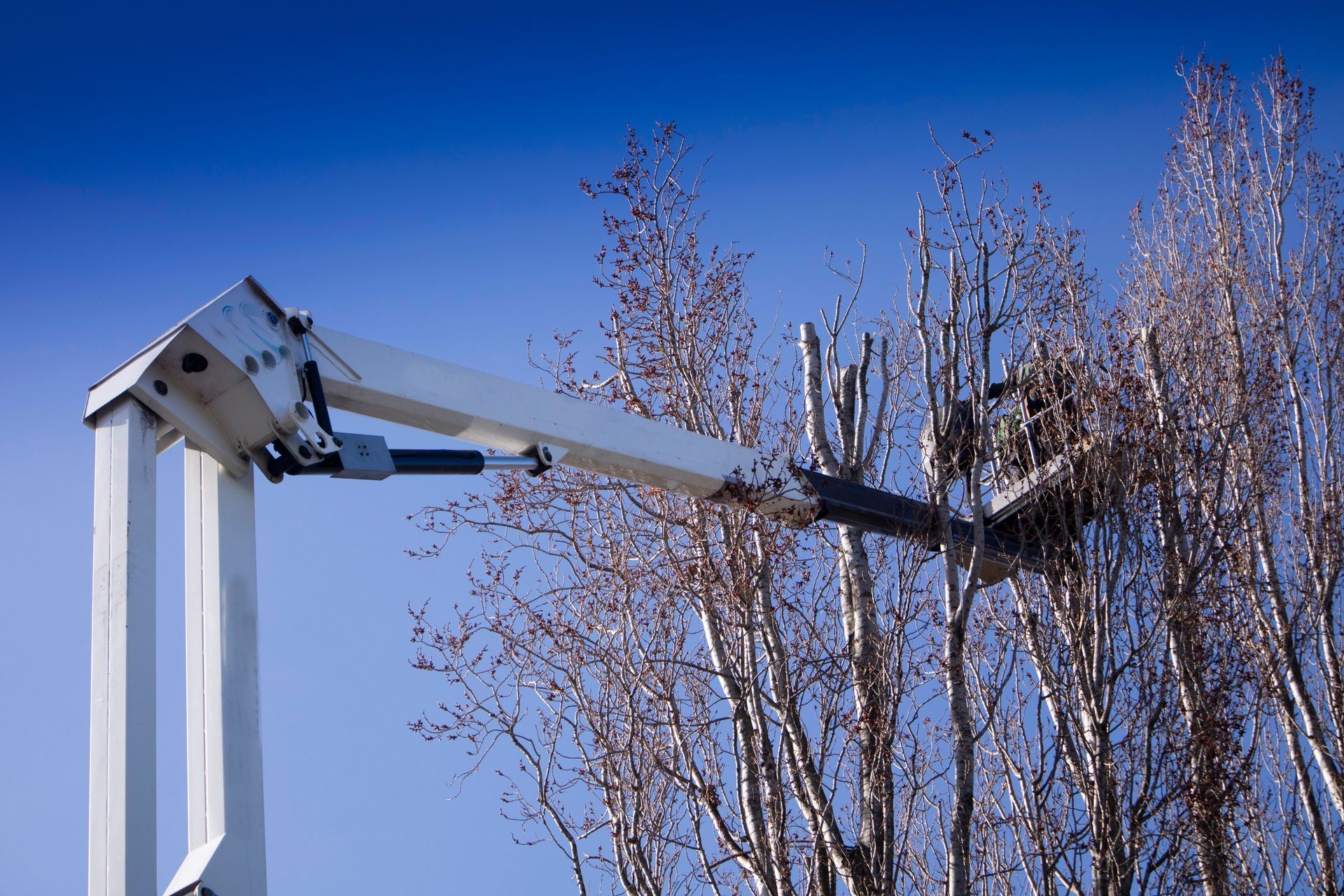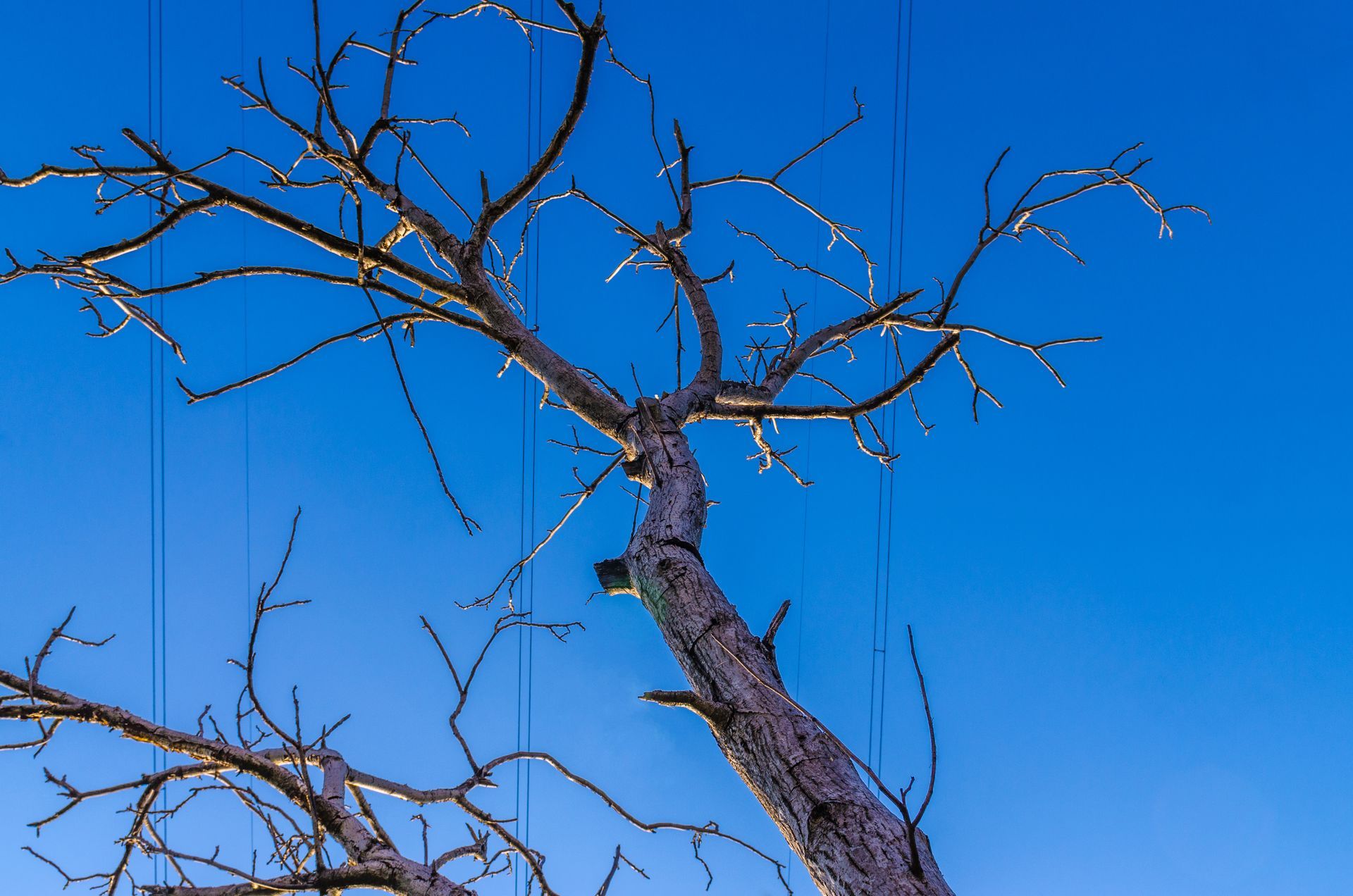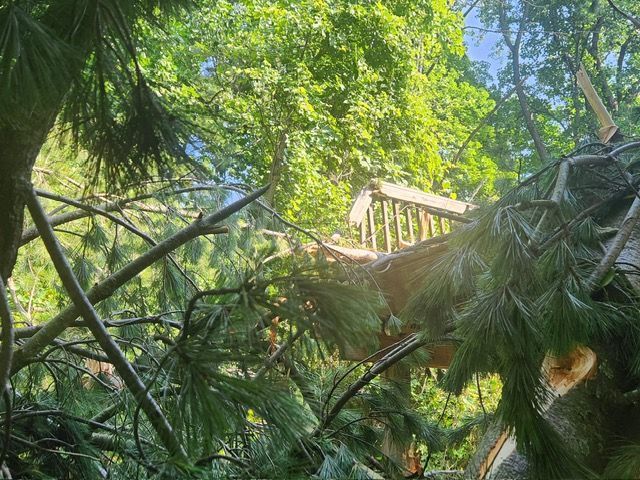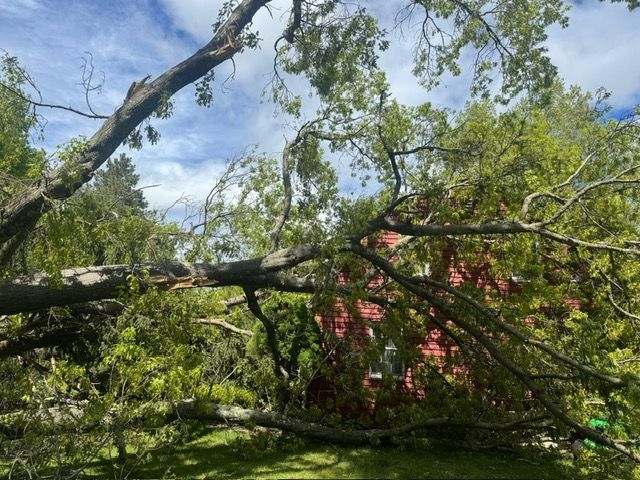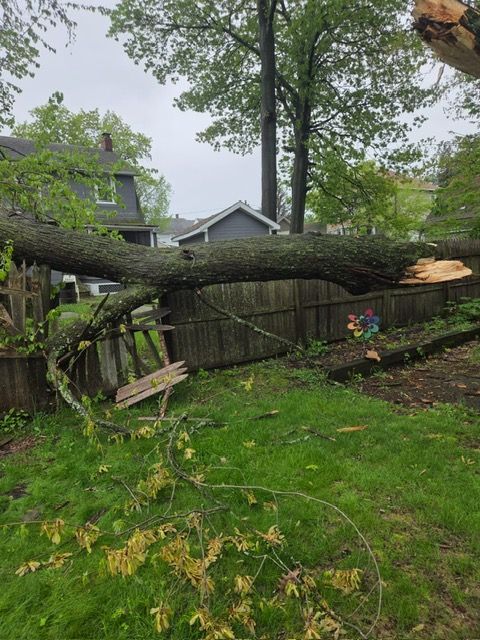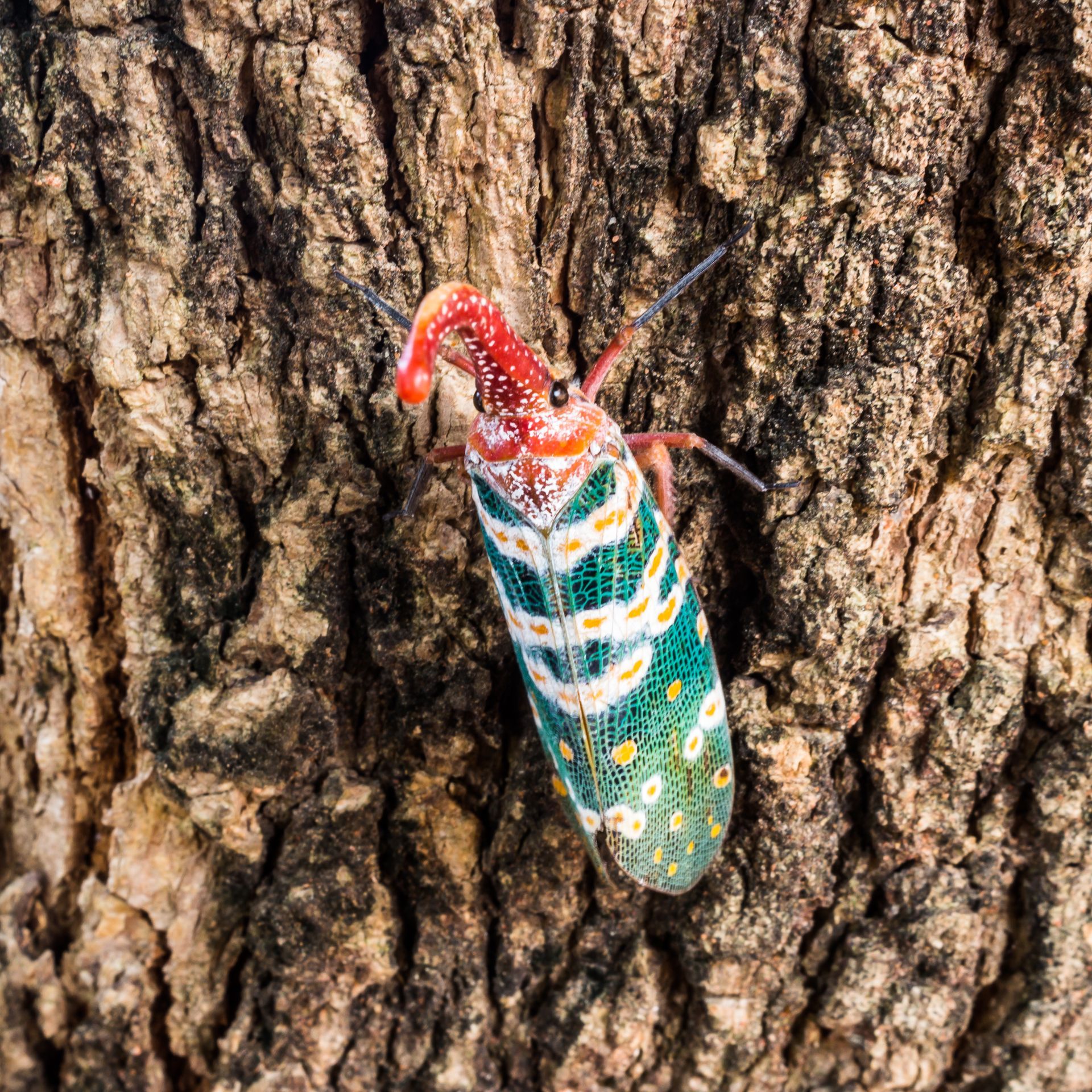What You Should Know About Poison Ivy Around Your Trees
What You Should Know About Poison Ivy Around Your Trees
Poison ivy is a widespread plant that has the potential to grow in various environments, including around trees in residential and commercial properties. While the plant may seem harmless, it can pose significant health risks to humans and be challenging to control once established. Understanding how to identify, manage, and prevent poison ivy around your trees is essential for maintaining a safe and healthy landscape.
Identifying Poison Ivy
Poison ivy is known for its distinctive “leaves of three” appearance, which helps identify it for those trying to avoid contact with it. The leaves are typically green, though they can turn reddish in the fall. Depending on the environment, they can appear shiny or dull. The plant can grow as a vine, shrub, or ground cover, making it versatile and sometimes difficult to spot.
The stems of poison ivy may have minor, hair-like roots that help the plant cling to surfaces, such as tree trunks. These roots allow the plant to climb trees and other structures, potentially leading to widespread growth if not addressed.
The Risks of Poison Ivy
The primary concern with poison ivy is the oil it produces, called urushiol. This oil is found in all plant parts, including the leaves, roots, and stems. Coming into contact with urushiol often triggers an allergic reaction in most individuals, leading to a red, itchy rash that can be highly uncomfortable. In severe cases, the rash can blister and spread to other body parts if the oil is not promptly washed off.
Urushiol can remain active on surfaces for years, meaning that even indirect contact with the plant, such as touching tools or clothing brushed against poison ivy, can cause a reaction. For this reason, it’s crucial to exercise caution when dealing with poison ivy around your trees.
Managing Poison Ivy Around Trees
If you find poison ivy growing around your trees, you must take action quickly to prevent it from spreading. Here are some steps you can take:
- Physical Removal: Wear protective clothing, including gloves, long sleeves, and pants, and carefully remove the poison ivy by pulling it out by the roots. This technique is most effective when the soil is damp, as it allows for easier removal of the entire root system. Be sure to dispose of the plant material in sealed bags and not burn it, as the smoke can carry urushiol and cause respiratory issues.
- Herbicide Application: A targeted herbicide application can be practical if physical removal is not feasible. Use a product to kill poison ivy, and follow the manufacturer’s instructions carefully. Avoid applying herbicides to desirable plants or trees, as they can cause unintended damage.
- Regular Monitoring: After removal, regularly inspect the area for any signs of regrowth. Poison ivy can persist, and new plants may emerge from seeds or roots. Early detection and removal are crucial to keeping the plant under control.
Preventing Poison Ivy Growth
Preventing poison ivy from taking root around your trees is the best way to avoid dealing with its unpleasant effects. Here are some preventative measures:
- Maintain Mulch and Ground Cover: Applying mulch or other ground cover around your trees can help prevent poison ivy seeds from germinating. Keeping the area clear of debris also reduces hiding spots for young plants.
- Regular Pruning: Regularly prune trees and shrubs to let sunlight reach the ground, as poison ivy tends to thrive in shady areas.
- Educate Yourself and Others: Identifying poison ivy is the first step in prevention. Educate yourself and others who may be working or playing in your yard about the plant’s appearance and its associated risks.
Conclusion
Poison ivy around your trees is more than just a nuisance; it’s a potential health hazard that requires attention and care. By learning how to identify and manage poison ivy, you can protect yourself, your family, and your property from its dangers. Whether through physical removal, herbicide application, or preventative measures, staying vigilant and proactive is the key to maintaining a safe and healthy outdoor space. Contact tree care experts such as Fleet Farmington Tree Service for any of your tree service needs.
